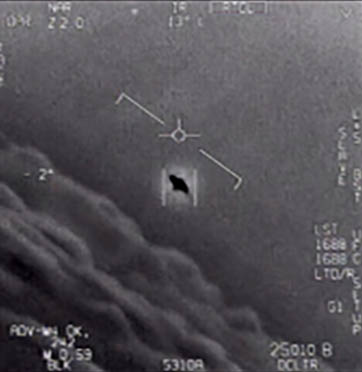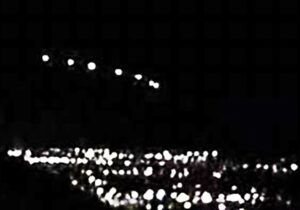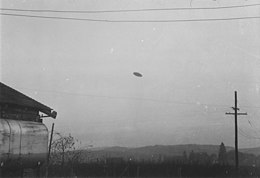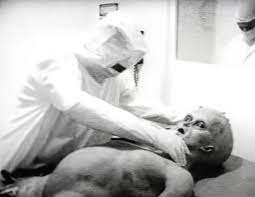In the early hours of September 19, 1976, the skies over Tehran, Iran, became the stage for one of the most intriguing and well-documented UFO sightings in history. This event not only involved multiple eyewitness accounts from credible military personnel but also resulted in a series of mechanical failures in several Iranian Air Force jets, making it a particularly compelling case in the study of unidentified flying objects. The incident is notable for its documentation, including a four-page U.S. Defense Intelligence Agency (DIA) report that described the encounter in detail, affirming its significance and the concern it generated among global military and intelligence communities.
The Initial Sighting

The sequence of events began around 12:30 AM when the Imperial Iranian Air Force command post in Tehran received several calls from concerned citizens reporting a strange object in the sky. The object was described as bright and resembling a star, but much larger and brighter. Intrigued and concerned about a potential threat, General Yousefi, the assistant deputy commander of operations, went outside to observe the object himself. Convinced that it was not a celestial body, he ordered a Phantom F-4 jet from Shahrokhi Air Force Base to intercept.
The First Interception

The first F-4 jet approached the object at a range of 46 miles. As it closed in, the pilot reported that the object was visible, radiating a bright light that made it difficult to discern its shape. However, as the jet neared a distance of 28 miles from the object, all instrumentation and communications systems suddenly blacked out, prompting the pilot to break off the approach and turn back. As the jet distanced itself, the systems began to operate normally again.
The Second Interception
A second F-4 jet was dispatched at approximately 1:40 AM. This pilot managed to get closer to the object and provided a more detailed description: it was bright, but with flashing strobe lights arranged in a rectangular pattern, alternating blue, green, red, and orange in color. The lights seemed to be so bright that they lit up the object’s surface against the dark sky. As this jet closed in, the pilot attempted to lock on with an AIM-9 missile, but just as he did, the UFO suddenly released an object from its side. The object headed straight for the jet, prompting the pilot to take evasive maneuvers. Miraculously, the object turned, and instead of hitting the jet, it returned to the main UFO.
During this encounter, another smaller object was also seen coming out from the UFO, heading straight towards the ground before halting and hovering over Tehran, casting a bright light over an area approximately 2-3 kilometers in diameter. Meanwhile, the main UFO moved away at a high speed.
Aftermath and Investigation

The return of the first object to the UFO and the high-speed departure were observed both by the second pilot and from the ground. The last visual contact with the UFO was recorded at 2:40 AM. The next morning, the pilot of the second jet and an investigation team went to the location under the smaller object’s hover-point, expecting to find evidence on the ground. However, no trace of the object was found.
This incident was thoroughly documented by the Iranian Air Force and later investigated by U.S. intelligence services. The detailed DIA document concluded that the case was a significant UFO event and not a hallucination or misidentification of a more mundane aerial phenomenon. The comprehensive nature of the reports and the involvement of multiple trained observers in different locations add to the credibility of the encounter.
The 1976 Tehran UFO incident remains one of the most compelling encounters in the annals of UFO phenomena. With multiple military witnesses, a variety of observed phenomena, and a documented impact on electronic systems in jet fighters, the incident continues to intrigue both skeptics and believers. It serves as a tantalizing reminder of the possibilities that lie beyond our current understanding of the world and the sky above.










